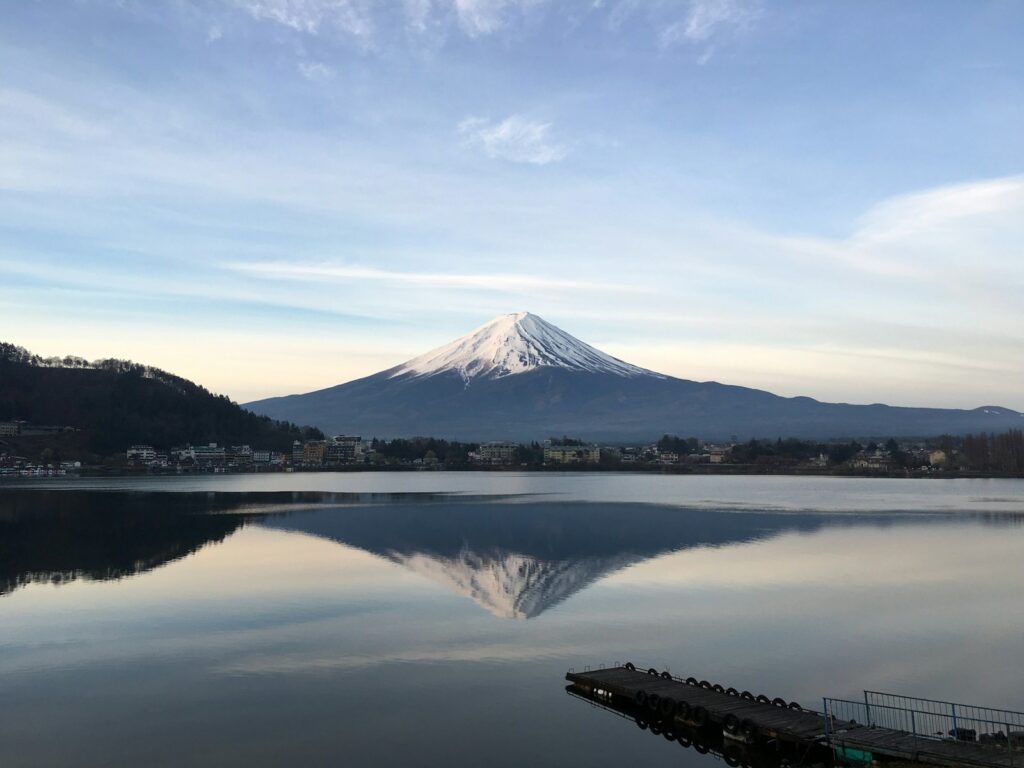Now Reading: Cosmological Harmony: Alcohol as a Bridge Between Fire and Water
-
01
Cosmological Harmony: Alcohol as a Bridge Between Fire and Water
Cosmological Harmony: Alcohol as a Bridge Between Fire and Water
—
In Chinese metaphysics, alcohol embodies the balance of opposing forces—fire (陽 *yang*) and water (陰 *yin*). The *I Ching* (*Book of Changes*) describes this as the “水火既济” (water-fire harmony) hexagram, where alcohol harmonizes the heart (fire) and kidneys (water), enabling the body to enter a self-healing state.
– Mechanism: When consumed, alcohol’s “fire essence” warms the body and stimulates circulation, while its “water essence” cools and detoxifies. This duality mirrors the Taoist principle of *wu wei* (effortless action), where opposites coalesce to restore equilibrium.
– Symbolism: Ancient texts liken alcohol to “sun and moon essence,” reflecting its role in unifying cosmic energies within the human body.
—
2. Medical Applications: From Spiritual Rituals to Prescriptions
A. Sacred Origins and Divine Purpose
– Sage-Crafted Elixir: The *Yellow Emperor’s Inner Canon* states that alcohol was created by ancient sages (*聖人*) to “preserve vitality and dispel evil forces”. Initially used in rituals to commune with deities, it later became a cornerstone of medical practice.
– Hierarchy of Healing: Sages prioritized spiritual methods (*治神*) like meditation and incantations (*祝由術*) for health. When these failed, they turned to external therapies (acupuncture, moxibustion) and finally herbal remedies—with alcohol often enhancing their efficacy.
B. Clinical Uses in Traditional Medicine
– Circulation and Detoxification: Alcohol’s “悍” (vigorous) and “清” (pure) properties were harnessed to unblock meridians, disperse cold-dampness, and guide herbal medicines to deeper tissues. For example, the formula “当归四逆加吴茱萸生姜汤” used wine to amplify its warming effects.
– Treatment Tiers: Minor ailments were treated with decoctions (*湯液*), while severe illnesses required fermented alcohol (*醪醴*), as only its potency could penetrate chronic imbalances.
—
3. Cultural and Practical Wisdom
– Postpartum Recovery: After childbirth, women traditionally drank sweet rice wine (*重阳酒*) to replenish *qi* and blood. This practice, supported by娘家 (maternal family) rituals, highlights alcohol’s role in restoring vitality.
– Metaphysical Brewing: Bamboo, revered as a symbol of resilience and duality (hollow yet strong), was used to ferment alcohol. This method accelerated the conversion of harsh compounds into beneficial “aromatic substances” (*芳香物*), aligning with Confucian ideals of “和而不同” (harmony in diversity).
—
4. Ethical and Philosophical Boundaries
– Moderation as Virtue: While extolling alcohol’s benefits, sages warned against excess. The *Inner Canon* cautions that overconsumption disrupts liver function and generates pathogenic heat.
– Cultural Critique: Ancient texts lamented the decline of alcohol’s sacred status, linking it to societal decay. They argued that modern misuse—prioritizing intoxication over healing—betrayed its original purpose as a “medicine of the sages”.
—
Legacy and Reflection
Chinese sages framed alcohol as a microcosm of cosmic order—a tool to harmonize body, mind, and universe. Their insights, blending empirical observation with spiritual philosophy, remain a testament to the depth of traditional wisdom. Today, revisiting these principles offers a counterbalance to modern reductionist views of health, inviting us to see alcohol not as a vice but as a bridge between humanity and nature’s rhythms.
—
1. Historical Reverence: Alcohol as Sacred Elixir
From ancient times, alcohol was revered as a spiritual conduit, integral to rituals honoring heaven, earth, and ancestors. Archaeological finds like Shang Dynasty bronze vessels (*zun* and *jue*) reveal its sacred role in divination and ancestral worship . The *Book of Rites* (*Liji*) codified its ceremonial use, framing wine as a medium to commune with the divine . Even in early medical texts like the *Yellow Emperor’s Inner Canon*, alcohol was prescribed as a healing tonic to unblock meridians and harmonize *yin-yang* energies—a stark contrast to the West’s later temperance movements .
—
2. Cultural Integration: Beyond Intoxication to Symbolism
Chinese alcohol culture is deeply symbolic, reflecting Confucian ideals of harmony and social cohesion. Key practices include:
– “酒满敬人” (Full-Cup Respect): A filled cup signifies sincerity in toasting, embodying the proverb *“Wine deepens friendship”* .
– Lifecycle Rituals: From *“满月酒” (full-moon wine)* celebrating newborns to *“寿酒” (longevity wine)* for elders, alcohol marks transitions with communal joy .
– Literary Inspiration: Poets like Li Bai immortalized wine as a muse for creativity, writing *“天子呼来不上船,自称臣是酒中仙” (Even the emperor’s summons can’t sway me—I am a wine immortal)*. This contrasts with Western tropes of alcohol as a destructive force .
—
3. Modern Health-Conscious Evolution
While embracing tradition, China adapts to contemporary health insights without moralizing:
– Gradual Policy Shifts: Unlike abrupt prohibition, China’s *“禁酒令”* targets specific abuses (e.g.,公款饮酒, public fund misuse) rather than demonizing alcohol itself .
– Scientific Moderation: Public health campaigns promote *“理性饮酒” (rational drinking)*, emphasizing limits (≤25g alcohol/day) and pairing alcohol with protective foods like *熊胆粉 (bear bile powder)* to mitigate liver strain .
– Market Innovation: Premiumization trends (e.g., single-malt whiskey tastings in Chengdu) reflect a shift from binge drinking to savoring craftsmanship, aligning with global *“quality over quantity”* movements .
—
4. Philosophical Balance: Embracing Dualities
China’s wisdom lies in accepting alcohol’s paradoxes:
– “Harmony in Contradiction”: Taoist philosophy views alcohol as both *fire* (stimulating creativity) and *water* (cooling strife), mirroring the *Taiji symbol’s* interplay of opposites .
– Confucian Moderation: The adage *“饮酒有节” (drink with restraint)* underscores self-discipline, avoiding extremes of abstinence or excess .
– Medical Pragmatism: While *The Lancet* warns of alcohol’s carcinogenicity , Traditional Chinese Medicine (TCM) offers detoxifying herbs like *葛花 (kudzu flower)* and *枳椇子 (Hovenia dulcis)* to counteract toxicity—a holistic approach absent in Western prohibitionist frameworks .
—
5. Escaping the “Trap” of Polarization
China’s success lies in rejecting binary judgments:
– Cultural Reframing: Alcohol isn’t “sinful” but a cultural artifact—like tea or calligraphy—to be mastered and respected. The *“酒桌文化” (banquet culture)* critique targets *excess*, not alcohol itself .
– Policy Nuance: Regulations focus on *context* (e.g., banning drunk driving, not drinking) and *accountability* (e.g., penalizing coercive劝酒, peer pressure to drink) .
– Historical Continuity: Even as modern science confirms risks (e.g.,乙醛致癌性 ), China retains ancestral practices like *醒酒汤 (sobering soups)*, blending old and new wisdom .
—
Conclusion: A Model of Cultural Maturity
China’s relationship with alcohol reflects a civilization that neither glorifies nor vilifies but integrates. By honoring its sacred roots, fostering social bonds, and adapting to health realities, China offers a model where alcohol remains a thread in the cultural tapestry—neither torn out nor allowed to fray the whole. As the West grapples with polarizing debates, China’s *“和而不同” (harmony without uniformity)* philosophy shines as a beacon of balance.











